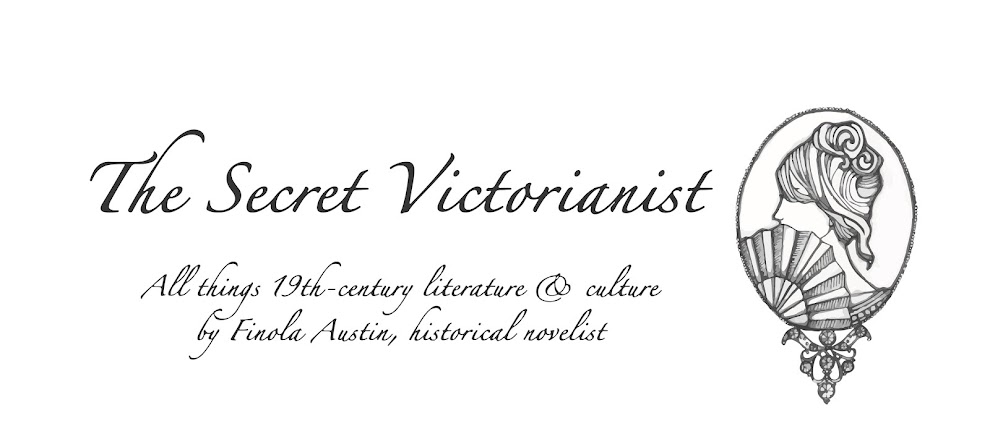William Dean Howells’s 1889 A Hazard of New Fortunes is the sort of nineteenth-century novel that remembers it has a plot halfway through.
The early chapters read like a time capsule of 1880s New York City, as Bostonian Basil March and his wife Isabel search for an apartment and explore what the metropolis has to offer, following his appointment as editor of a new periodical. Howells’s satire feels humorous, rather than biting, and there’s much that a twenty-first-century inhabitant of the city will find familiar.
By later chapters, however, the novel seems transformed into something entirely different. The cast of characters, who felt like caricatures at the book’s opening, seem drawn towards a terribly realistic tragedy, which pulls off the writerly feat of being “surprising but inevitable.” Satire evolves into social commentary that doesn’t let readers off the hook. Where would our loyalties lie in the clash of outlooks personified by the uncultured capitalist Dryfoos and the idealistic socialist Lindau? And can the “reasonable” March (and by extension the reader) find a tenable position in the middle?
Class is not the only social question to come under scrutiny. Howells gives us beautiful, young female characters who defy their conventional roles in nineteenth-century society, and the novels that depict it. Alma Leighton begins the book as a young woman playing games with a man to wound him for neglecting her, but by the end of the novel her dedication to her art over matrimony is no ruse. Margaret Vance’s love is centered on her charitable works—something her family struggles to understand.
Howells’s commentary on race also has a modern tinge. He doesn’t shy away from depicting the casual racism of the Northern characters, who, for instance, fetishize having Black doormen, even as they try to distance themselves from the Southern characters, including one who, more than twenty years on from abolition, is still advocating for reform, not destruction, of the “institution.”
The novel A Hazard of New Fortunes most reminded me of was E.M. Forster’s Howards End (1910), though the former’s structural flaws mean it’s remembered more for its multiple chapters on New York real estate woes than for its insight into the human condition. If you’re a fan of nineteenth-century realism with a love for New York, you’ll enjoy Hazard as much as I did. But, if only one of these things holds true, don’t forget—this is a novel of two halves.
What nineteenth-century novel would you like the Secret Victorianist to read and review next? Let me know. You can always contact me on Instagram or Facebook, or by tweeting @SVictorianist. My own (nineteenth-century set) novel, Bronte’s Mistress, is available in hardcover, paperback, e-book or audiobook, right now. And for monthly updates on my writing and my blog, sign up for my email newsletter below.











